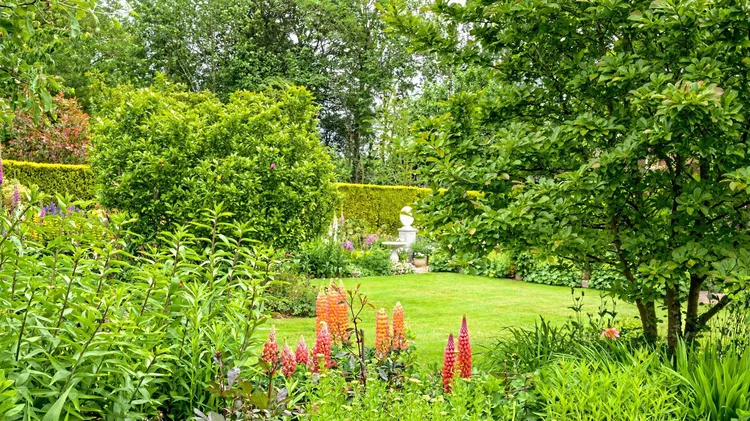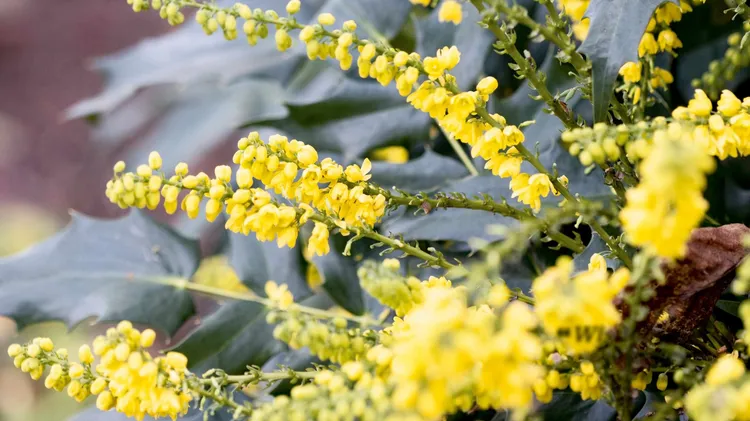The discovery of crumbling 19th-century walls at ten-acre Old Hall Farmhouse
The secret garden
6 min read
This article is from...
Read this article and 8000+ more magazines and newspapers on Readly






